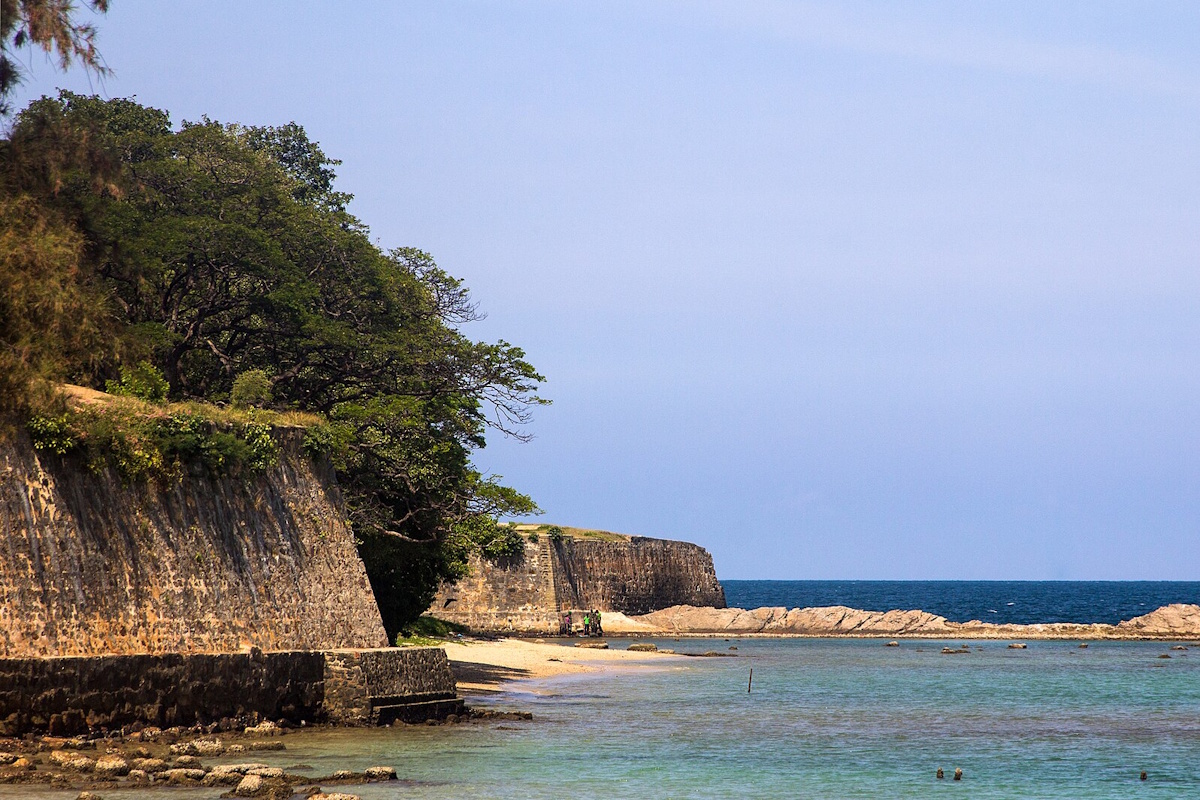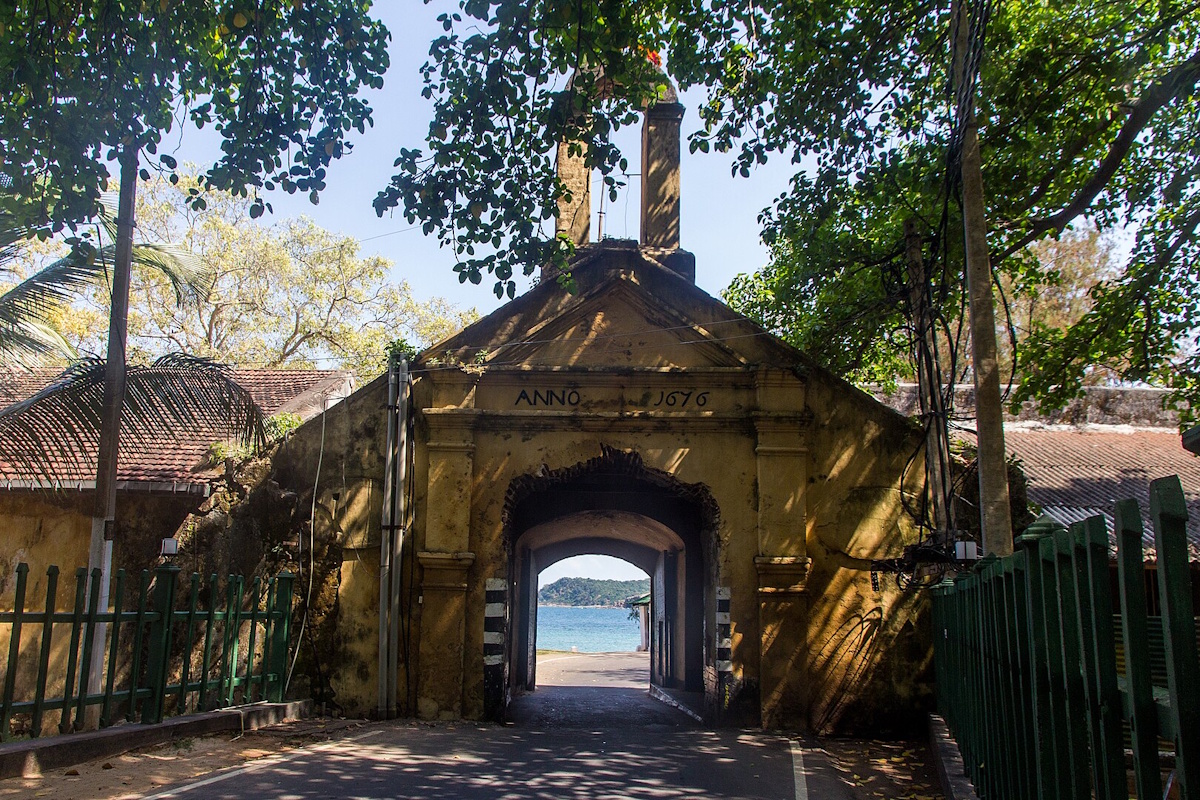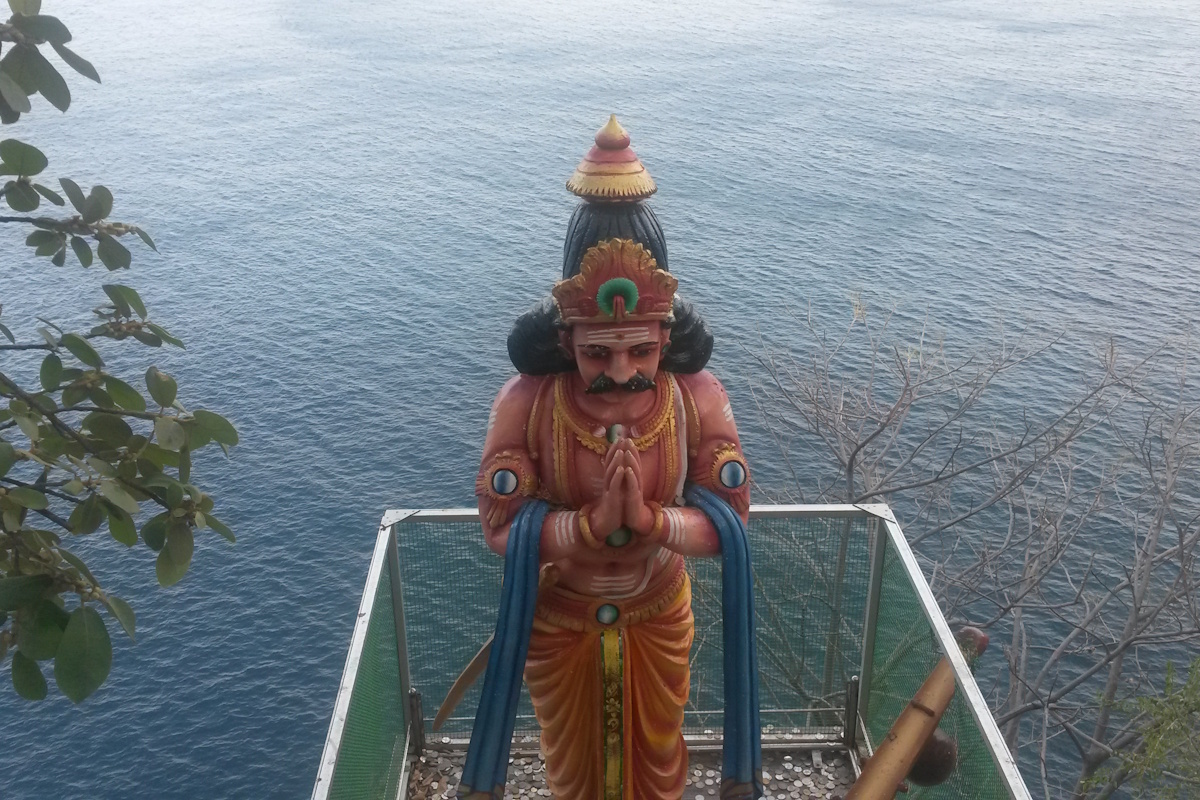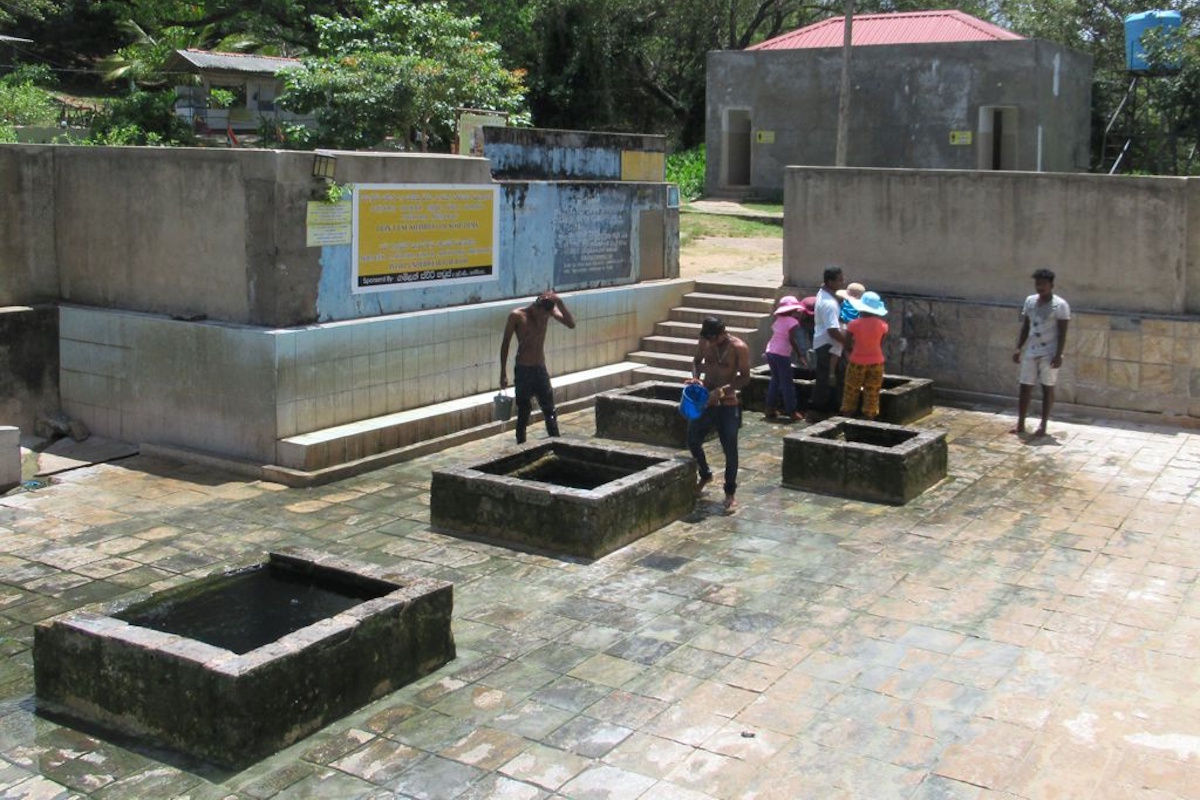Trincomalee is a port city in Eastern Province, Sri Lanka and lies on the east coast of the island. The city is built on a peninsula, which divides the inner and outer harbours. Overlooking the Kottiyar Bay, Trincomalee is one of the main centers of Tamil speaking culture on the island. The city is home to the famous ancient Koneswaram temple alluded to in its historic Tamil name Thirukonamalai from which its anglicized name is derived, and has been a sea port that has played a major role in the maritime and international trading history of Sri Lanka. It is referred to as Gokanna in Pali or Gokarna in Sanskrit. Trincomalee was the capital city of Hindu king ravanan and later around 13 century by King Sangili






Trincomalee, nestled on the northeastern coast of Sri Lanka, is one of the most ancient and storied harbors in the world. With its natural deep-water port, it has been a coveted location for mariners, traders, and conquerors for over two millennia.
Ancient Times:
Trincomalee, known as Gokanna in ancient times, is referenced in Tamil and Sinhalese chronicles as a major seaport in the pre-Christian era. It was a sacred site, housing the revered Koneswaram Temple, a Hindu shrine that dates back to over 2,000 years ago.
Colonial Powers:
Due to its strategic naval importance, Trincomalee became a prized possession among colonial powers. The Portuguese were the first Europeans to fortify the harbor in the 17th century. It was later seized by the Dutch, and then the British, who developed it into a major naval base in the Indian Ocean. Admiral Lord Nelson once called Trincomalee “the finest harbor in the world.”
Modern History:
Trincomalee saw significant military activity during World War II, serving as a base for the British Eastern Fleet. In recent decades, the city was affected by the Sri Lankan Civil War, but has since re-emerged as a peaceful and culturally vibrant destination.
Trincomalee today is a rising star among Sri Lanka’s coastal towns, attracting visitors with its turquoise waters, cultural landmarks, and laid-back atmosphere.
Tourism Revival:
Following the end of the civil conflict in 2009, Trincomalee has become a fast-growing destination, especially popular among travelers looking for uncrowded beaches, dive sites, and cultural experiences.
Economic Role:
Besides tourism, the city is vital for shipping, fishing, and port-related industries. The Trincomalee Port is still an important maritime asset, with expanding commercial and military functions.
Cultural Harmony:
Trincomalee is a multi-ethnic city, home to Tamils, Sinhalese, and Muslims, reflecting a unique blend of languages, foods, festivals, and religious practices.
Situated on a peninsula surrounded by the Indian Ocean and Trincomalee Bay, the region is marked by pristine beaches, coral islands, and limestone cliffs.
Geography:
Trincomalee boasts one of the best natural harbors in the world. Its coastline includes sheltered bays, golden beaches, and rocky promontories such as Swami Rock, offering dramatic ocean views and spiritual significance.
Climate:
The city experiences a tropical monsoon climate, with dry and sunny weather from May to September, ideal for beach holidays and diving. Average temperatures range from 26°C to 33°C, and the northeast monsoon brings rainfall from October to January.
Koneswaram Temple
An iconic Hindu temple perched atop Swami Rock, offering stunning views over the ocean. Often referred to as the “Temple of a Thousand Pillars,” it’s one of the most sacred shrines in Sri Lanka and rich in mythology and history.
Fort Frederick
A colonial-era fort built by the Portuguese and later expanded by the Dutch and British. Today, it serves as a military base, but visitors can walk through the fort to reach the Koneswaram Temple and enjoy scenic walks and wildlife sightings.
Nilaveli Beach
A tranquil and picturesque beach located about 16 km north of Trincomalee. Known for its white sands and clear shallow waters, it’s ideal for swimming, snorkeling, and sunbathing.
Pigeon Island National Park
Just off the coast of Nilaveli, this marine sanctuary is a haven for snorkelers and divers. It boasts vibrant coral reefs, blacktip reef sharks, and colorful tropical fish.
Marble Beach
A hidden gem south of Trincomalee, Marble Beach is managed by the Sri Lankan Air Force and offers crystal-clear water and soft sand—perfect for a quiet, crowd-free experience.
Hot Springs of Kanniya
A cluster of seven natural hot wells, each with varying temperatures. These ancient springs are believed to have therapeutic properties and are associated with both Hindu and Buddhist legends.
Trincomalee War Cemetery
A beautifully maintained Commonwealth war cemetery, commemorating the soldiers who died during World War II. It’s a peaceful, solemn place for reflection.
Swami Rock & Lovers’ Leap
This dramatic cliff is famous for both its religious significance and the romantic legend of Lover’s Leap, where a local princess is said to have leapt into the sea due to heartbreak.
Diving and Whale Watching
Trincomalee is a hotspot for scuba diving, with shipwrecks and coral gardens to explore. During certain seasons (May to September), the ocean offers excellent whale watching, with chances to spot blue whales and dolphins.
Cuisine and Local Markets
Sample delicious Eastern Sri Lankan Tamil cuisine, including spicy seafood curries, idiyappam, pittu, and freshly caught grilled fish. The town’s markets offer local spices, handicrafts, and street snacks.

Subscribe to see secret deals prices drop the moment you sign up!